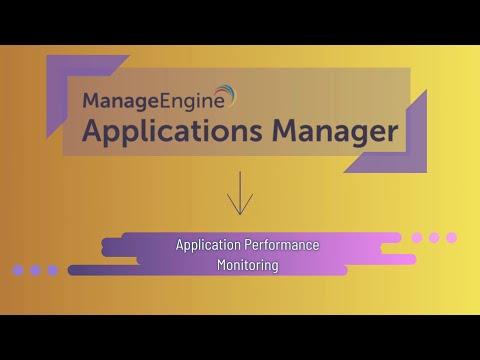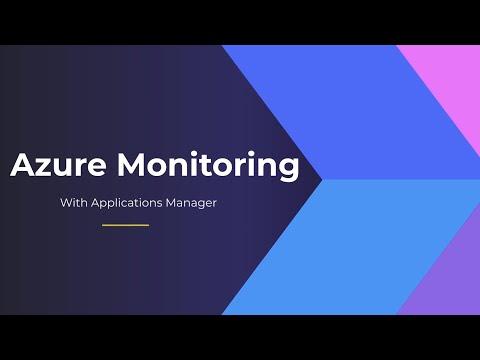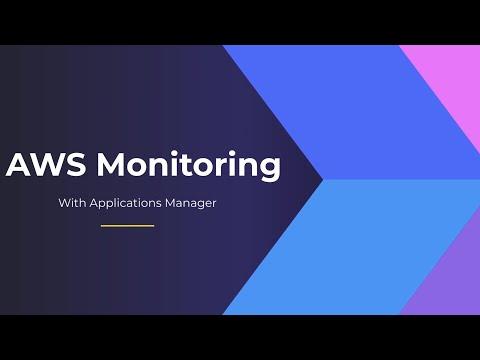Self-driving cars, integrated toys, smart home appliances, and even critical infrastructure have all become part of the ecosystem of Internet of Things (IoT) devices, which begs the concerning question, "How will network administrators process all the data generated?"
IoT has introduced new pathways into data centers because the technology relies on TCP/IP communications that may have a detrimental impact on traffic and, more important, data center security. And while a significant amount of the data that is collected at the edge is managed and manipulated there, eventually the data, in some form, makes its way back to a central location.
Managing a data centers IoT might appear simple, with many of the devices performing simple processes such as turning lights on or off or perhaps even monitoring temperature. The very simplicity of this challenges larger issues involving security, connectivity, and operational concerns.
As IoT devices are feeding data into data centers, from both internal and external devices, while also introducing new requirements and new types of data, we need to ready for the exponential growth in the market and the astonishing number of IoT devices expected to be nearly triple the planet’s human population by 2020.
With each added device will come increased data and increased requirements for security and management of the devices onto the networks, providing critical operational information and potentially transforming data center operations.
IoT will eventually provide data streams between each asset and the data center, allowing those assets to be integrated into new and existing organizational processes, thus, having access to real-time information via IoT devices.
A greater understanding of operational status would allow network administrators to enhance productivity through optimized models, bring more IoT devices into the data center, and incorporate IoT analytics into business planning and processes giving insights into overall business requirements, which ultimately would help predict any fluctuations of operational data.
With all the benefits of IoT, network administrators and teams are still faced with the sheer volume of devices and the structure of IoT data, showcasing itself in areas such as security, data, storage management, servers, and the data center network. This ultimately means that network administrators need to deploy more aggressive capacity management to align business priorities associated with IoT.
Data center professionals are quickly discovering that IoT consists of a lot of individual devices with their own specifications, but over time, a lack of standardization will become a much bigger problem, as more of our devices seek to communicate with each other and are forced to meet compliance standards to include GDPR.
IoT is growing and IT teams are bearing the brunt of the increased data and concerns generated by IoT, but there is also no denying the potential of IoT to deliver new insights, improve business drivers and operations, and growing services is on the horizon, and having the right infrastructure in your data center to adopt to the changes will remain vital to success.
The Latest
While most companies are now deploying cloud-based technologies, the 2024 Secure Cloud Networking Field Report from Aviatrix found that there is a silent struggle to maximize value from those investments. Many of the challenges organizations have faced over the past several years have evolved, but continue today ...
In our latest research, Cisco's The App Attention Index 2023: Beware the Application Generation, 62% of consumers report their expectations for digital experiences are far higher than they were two years ago, and 64% state they are less forgiving of poor digital services than they were just 12 months ago ...
A vast majority (89%) of organizations have rapidly expanded their technology in the past few years and three quarters (76%) say it's brought with it increased "chaos" that they have to manage, according to Situation Report 2024: Managing Technology Chaos from Software AG ...
In 2024 the number one challenge facing IT teams is a lack of skilled workers, and many are turning to automation as an answer, according to IT Trends: 2024 Industry Report ...
Organizations are continuing to embrace multicloud environments and cloud-native architectures to enable rapid transformation and deliver secure innovation. However, despite the speed, scale, and agility enabled by these modern cloud ecosystems, organizations are struggling to manage the explosion of data they create, according to The state of observability 2024: Overcoming complexity through AI-driven analytics and automation strategies, a report from Dynatrace ...
Organizations recognize the value of observability, but only 10% of them are actually practicing full observability of their applications and infrastructure. This is among the key findings from the recently completed Logz.io 2024 Observability Pulse Survey and Report ...
Businesses must adopt a comprehensive Internet Performance Monitoring (IPM) strategy, says Enterprise Management Associates (EMA), a leading IT analyst research firm. This strategy is crucial to bridge the significant observability gap within today's complex IT infrastructures. The recommendation is particularly timely, given that 99% of enterprises are expanding their use of the Internet as a primary connectivity conduit while facing challenges due to the inefficiency of multiple, disjointed monitoring tools, according to Modern Enterprises Must Boost Observability with Internet Performance Monitoring, a new report from EMA and Catchpoint ...
Choosing the right approach is critical with cloud monitoring in hybrid environments. Otherwise, you may drive up costs with features you don’t need and risk diminishing the visibility of your on-premises IT ...
Consumers ranked the marketing strategies and missteps that most significantly impact brand trust, which 73% say is their biggest motivator to share first-party data, according to The Rules of the Marketing Game, a 2023 report from Pantheon ...






